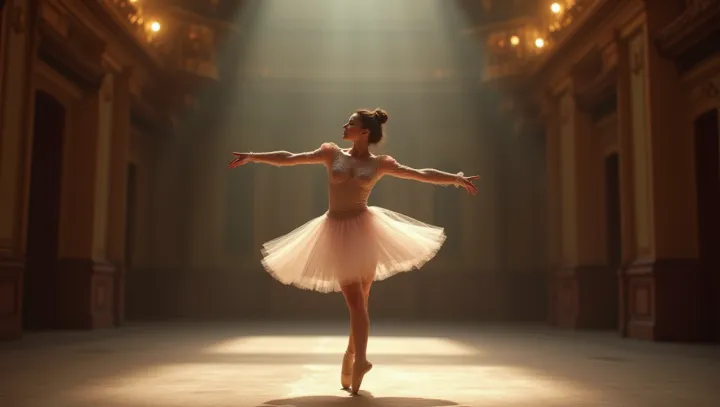Ballet's Timeless Elegance Explored

In the bustling cultural hub of London, ballet continues to enchant audiences with its ethereal beauty. This art form, characterized by its meticulous movements and expressive storytelling, has a history as rich and intricate as the performances themselves. Emerging during the Italian Renaissance, ballet swiftly became a staple of European aristocratic entertainment, eventually blossoming in France.
It is here that ballet began to take on the structured form known today, as noted by Dr. Elaine Roberts, a renowned dance historian. Ballet's significance extends beyond art; it serves as a cultural narrative, portraying themes of love, triumph, and tragedy.
Its ability to adapt and incorporate contemporary styles keeps ballet relevant in the modern era, ensuring its legacy endures through generations. Today's performances are a testament to the discipline and passion of dancers worldwide. As the audience remains captivated by the grace and precision of ballet, experts like Roberts stress the importance of preserving its historic essence while embracing innovative expressions.
